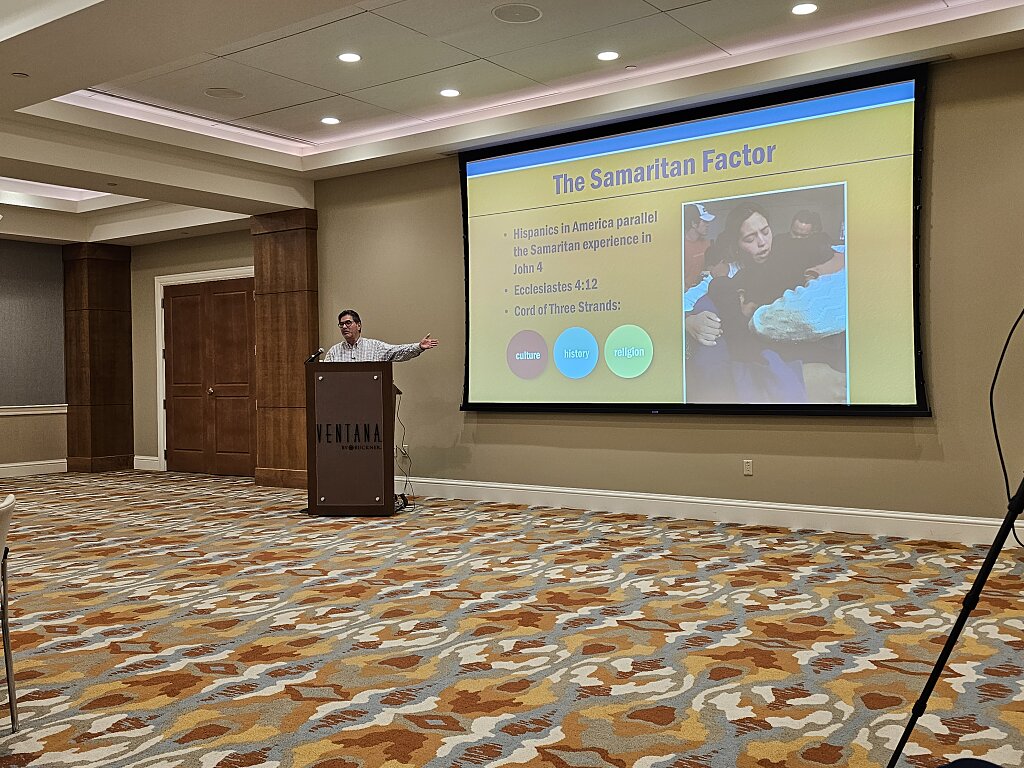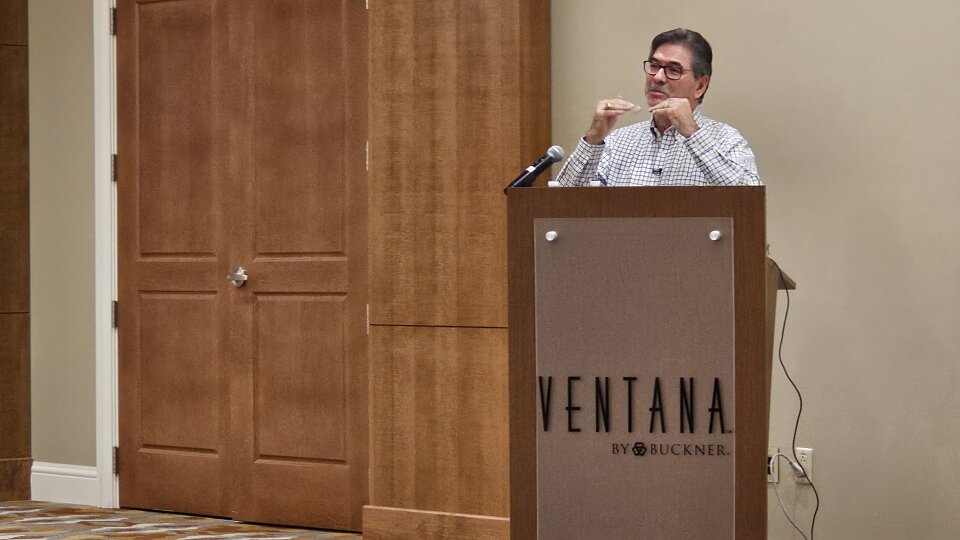Celebrating National Hispanic Heritage Month
Buckner International recently celebrated National Hispanic Heritage Month at Ventana by Buckner in Dallas, Texas, with a time to reflect on how cultural differences can be celebrated.
National Hispanic Heritage Month is celebrated each year from Sept. 15 to Oct. 15 in the United States to recognize both the contributions and influence Hispanic Americans have on the culture across the U.S. What began as just one week a year under President Lyndon Johnson in 1968 grew to a month-long celebration in 1988 by President Ronald Reagan.
The Buckner Cultural Intelligence Committee hosted “Navigating the Hispanic Culture,” where Dr. Albert Reyes, Buckner President and CEO, shared insightful data and information for attendees. While gathered as a family, a cultural characteristic of many Hispanic cultures, Reyes mentioned differences between euro-American cultures and Latin American cultures.
And while one particular Hispanic culture cannot define all, there are some characteristics that can give understanding of a Latino or Latina. A family-centered perspective or an understanding for a more relationally focused interaction are some of those characteristics.
 To better understand a person of a different background, Reyes recommended using the Samaritan Factor that looks at a person’s “culture, history, and religion.” This idea was one Jesse Miranda, a leader known for bringing together Latinos within the church, would often teach while uniting Christians across cultures.
To better understand a person of a different background, Reyes recommended using the Samaritan Factor that looks at a person’s “culture, history, and religion.” This idea was one Jesse Miranda, a leader known for bringing together Latinos within the church, would often teach while uniting Christians across cultures.
“These are the three strands you want to consider if you want to dive into the Hispanic culture,” Reyes said. “In fact, any culture you want to learn about around the world is going to have cultural, historical and religious aspects built into the worldview.”
As of 2022, there were more than 63 million Hispanics in the U.S making it 19.1% of the total population. And according to the U.S. Census Bureau, Hispanics officially became the largest ethnic group in Texas this year. Nearly 50% of Texans under the age of 18 are Hispanic.
While that outcome might have been expected, Reyes explained this took place seven years earlier than predicted. If population changes continue going this way, society in Texas will look more and more bilingual and bicultural.
It’s also becoming more common for Texans to report more than one race. This blend of cultures creates opportunities for people to adjust to different circumstances and adapt to other ways of life when they interact with those of other cultures. It may also take more time and more effort to better understand others.
“If you're still breathing, you’re going to have conflict with people you live with or a coworker,” Reyes said. “You have a calendar date with conflict. But how you resolve that conflict is what counts.”
Resolving conflict between two people of different cultures, different values and worldviews is paramount as cultures continue to grow and work alongside each other. Reyes encouraged attendees to do that by being open to listen, understanding and looking for ways to adapt to other cultures.




Add a Comment